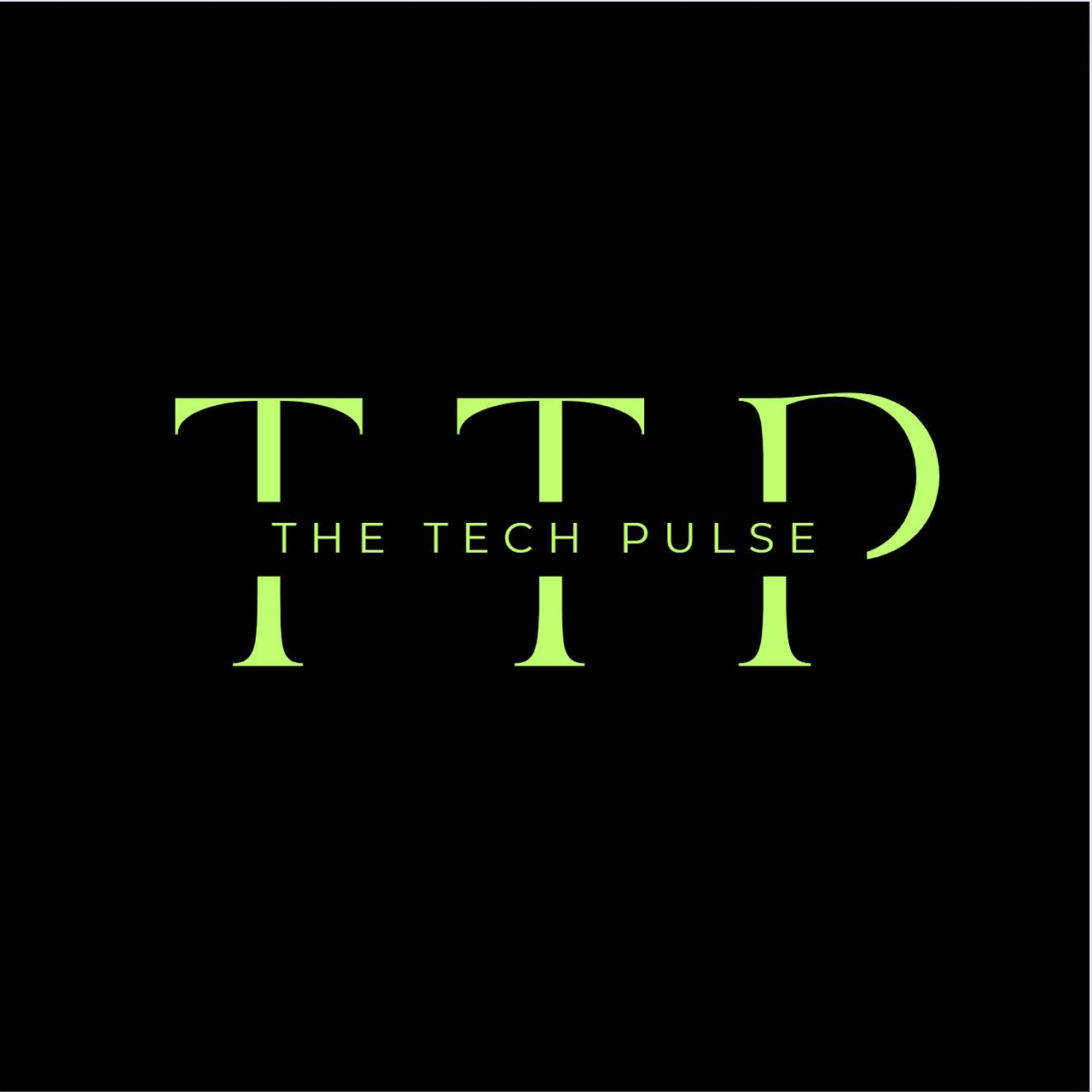TCP # 10: Maximize your security in minimal steps
Cutting-edge tactics from the DevSecOps OWASP Top 10 guidelines
You can also read my newsletters from the Substack mobile app and get notified when a new newsletter issue comes out
Did you know most cyber attacks exploit known vulnerabilities that could have been prevented?
No one wants to be the next headline for a security breach.
That’s where the DevSecOps OWASP Top 10 guidelines come into play. They teach you how to fortify your defenses in easy steps.
In this newsletter issue, I will cover:
Overview of the OWASP DevSecOps Top 10
Key Areas of the OWASP DevSecOps Top 10
Implementing DevSecOps Practices
Source: Unsplash
Overview of the OWASP DevSecOps Top 10
The OWASP DevSecOps Top 10 is a list that outlines the most critical security concerns for organizations implementing DevSecOps practices.
This list is designed to help professionals understand and address the security risks that are most likely to affect DevSecOps environments.
Purpose of the List
The main goal of the OWASP DevSecOps Top 10 is to raise awareness about the key security challenges in DevSecOps and provide actionable guidance on how to mitigate these risks.
By focusing on these top issues, organizations can effectively strengthen their security postures and protect their software development lifecycle from potential threats.
Methodology
The OWASP DevSecOps Top 10 is compiled from a combination of industry survey data, expert opinions, and analysis of reported security incidents.
This approach ensures that the list remains relevant and reflective of the real-world challenges faced by developers, security professionals, and operations teams.
The list is periodically updated to keep pace with new technologies, methodologies, and emerging threats.
For example, one of the items on the list might focus on "Secure Configuration." This means ensuring that all software and hardware are configured correctly to avoid leaving default settings that could be easily exploited by attackers.
It highlights the importance of regular audits and updates to configurations as part of routine DevSecOps practices.
By addressing each item on the OWASP DevSecOps Top 10, organizations can develop a more robust approach to security that is integrated throughout their development processes, not just added at the end or in response to an incident.
This proactive approach is key to maintaining the integrity and security of software systems in a fast-paced, ever-evolving technological landscape.
Key Areas of the OWASP DevSecOps Top 10
The OWASP DevSecOps Top 10 identifies critical areas that require attention to ensure software security throughout the development and deployment process.
Below is a detailed look at each area, explaining its importance and suggesting practical steps for mitigation.
Secure Configuration
Importance: Many security breaches exploit default or improperly configured settings. Secure configurations are essential to close potential security gaps.
Best Practices: Conduct comprehensive configuration reviews and audits to ensure all settings adhere to security best practices. Utilize configuration management tools to maintain a consistent and secure state across all environments. Establish a baseline configuration that includes the minimal necessary services and access required.
Security by Design
Importance: Embedding security into the design phase reduces vulnerabilities and integrates security as a fundamental component of the software development lifecycle.
Best Practices: Engage security teams from the project's inception. Utilize design reviews and security checklists to ensure that security considerations are systematically addressed. Apply principles of least privilege and separation of duties in system design.
Secrets Management
Importance: Poor management of secrets can lead to data breaches and unauthorized access.
Best Practices: Implement a secure vault solution for managing secrets and credentials. Enforce policies for secret rotation and expiration. Ensure secrets are never exposed in code repositories through rigorous code reviews and automated scanning tools.
Secure Dependencies
Importance: Dependencies can be a major source of vulnerabilities, especially if they are not regularly updated or monitored.
Best Practices: Use tools to automate the tracking and updating of libraries and dependencies. Conduct security assessments of all third-party components before integration. Establish a process for quickly applying security patches and updates.
Dynamic and Static Code Analysis
Importance: These automated tools help identify potential security vulnerabilities within the code that might not be easily visible.
Best Practices: Integrate static application security testing (SAST) and dynamic application security testing (DAST) tools into the development workflow. Prioritize and fix issues based on their risk severity. Regularly update the tools to recognize the latest vulnerability patterns.
Security Testing
Importance: Consistent testing helps uncover and mitigate potential security threats before they can be exploited in a production environment.
Best Practices: Develop a comprehensive testing strategy that includes penetration testing, vulnerability assessments, and security audits. Encourage developers and testers to use adversarial thinking to better understand potential security challenges.
Incident Response
Importance: A robust incident response capability is crucial for minimizing the impact of security breaches.
Best Practices: Develop a formal incident response plan that includes communication strategies, roles and responsibilities, and recovery steps. Regularly train and drill the response team to ensure they are prepared for various scenarios.
Environment Management
Importance: Secure management of all environments protects the integrity and availability of software applications.
Best Practices: Implement strong access controls and use environment segmentation to limit potential exposure. Monitor environments in real-time to detect and respond to suspicious activities swiftly.
Audit and Accountability
Importance: Effective auditing processes and accountability mechanisms are vital for detecting and investigating suspicious activities or policy violations.
Best Practices: Ensure that all actions taken on critical systems are logged and that logs are protected against tampering. Use automated monitoring tools to analyze logs for anomalous activities that could indicate a security incident.
Education and Training
Importance: Ongoing education and training ensure that all team members are aware of current security threats and best practices.
Best Practices: Regularly schedule security training sessions and updates. Promote a culture of security awareness throughout the organization. Encourage team members to attain security certifications and participate in relevant training programs.
Implementing DevSecOps Practices
To successfully integrate DevSecOps practices into daily workflows, it’s essential to understand both the practical steps and the tools that can facilitate this integration.
Here’s how you can approach this effectively:
Practical Steps for Integration
Start with a Plan: Before diving into DevSecOps, develop a clear plan that defines specific security goals and the steps required to achieve them. This should include timelines, expected outcomes, and responsibilities assigned to different team members.
Culture of Collaboration: Foster a culture where security, development, and operations teams collaborate closely. This collaborative environment ensures that security is a shared responsibility and not just relegated to one team.
Continuous Integration and Deployment (CI/CD): Implement CI/CD pipelines that incorporate security at every stage. This includes automated testing for security vulnerabilities as part of the code integration and deployment processes.
Feedback Loops: Establish feedback mechanisms to ensure that when security vulnerabilities are detected, they are communicated promptly and effectively to the development team for quick remediation.
Shift Left: Apply the "shift left" principle by moving security closer to the beginning of the development process. This involves integrating security tools and practices early in the software development lifecycle.
Automate Security Practices: Use automation to enforce security policies and conduct regular security scans. This reduces human error and the resources needed for manual security reviews.
Regular Training and Awareness: Ensure that all team members receive regular training on the latest security practices and threats. This keeps everyone updated and vigilant about security.
Tools and Resources
Static Application Security Testing (SAST) Tools: Tools like SonarQube, Checkmarx, and Fortify scan source code for security vulnerabilities early in the development phase.
Dynamic Application Security Testing (DAST) Tools: Tools such as OWASP ZAP and Burp Suite simulate attacks on web applications to detect runtime vulnerabilities.
Secrets Management Tools: Solutions like HashiCorp Vault, AWS Secrets Manager, and Azure Key Vault help manage and secure sensitive information like passwords, tokens, and API keys.
Configuration Management Tools: Tools like Ansible, Chef, and Puppet help ensure that all systems are configured securely and consistently according to predefined security standards.
Container Security Tools: Aqua Security and Sysdig Secure provide comprehensive security solutions for containerized environments, including vulnerability management and runtime protection.
Security Information and Event Management (SIEM) Systems: Tools like Splunk, IBM QRadar, and LogRhythm analyze security alerts generated by applications and network hardware to detect potential security threats.
Vulnerability Scanners: Nessus, Qualys, and Rapid7 InsightVM are popular choices for scanning systems and applications to identify vulnerabilities that need to be addressed.
Key Takeaways
Let’s highlight the key takeaways from our exploration of the OWASP DevSecOps Top 10 and how to implement these practices effectively:
Integration is Key: DevSecOps is not just a set of tools; it's a culture shift that integrates security into every stage of software development and operations. By adopting a holistic approach where security is considered a shared responsibility, organizations can significantly reduce vulnerabilities and improve software quality.
Start Early, Stay Ahead: Implementing security measures early in the development process ("shift left") ensures that security is a foundational component, not an afterthought. This proactive approach helps in identifying and mitigating risks much earlier, which is more cost-effective and less disruptive.
Automate for Efficiency: Automation plays a crucial role in DevSecOps by making security checks consistent and less prone to human error. Tools that automate code scanning, configuration management, and vulnerability detection are essential for maintaining continuous security oversight without slowing down the development process.
Continuous Learning and Adaptation: The threat landscape is always evolving, and so should your security practices. Continuous training and updates on the latest security trends, tools, and practices are crucial for your team to stay informed and prepared.
Leverage Tools and Resources: Utilize the array of tools and resources available, such as SAST and DAST tools, secrets management solutions, and SIEM systems, to support your DevSecOps initiatives. These tools not only enhance security but also integrate seamlessly into DevSecOps workflows, providing real-time insights and proactive security management.
As we continue to navigate the complexities of modern software development, let DevSecOps be your guide to achieving both security excellence and operational efficiency.
If you have any observations or views about this post, please leave a comment.
That’s it for today!
Did you enjoy this newsletter issue?
Share with your friends, colleagues, and your favorite social media platform.
Until next week — Amrut
Whenever you’re ready, there are 2 ways I can help you:
Are you thinking about getting certified as a Google Cloud Digital Leader? Here’s a link to my Udemy course, which has helped 575+ students prepare and pass the exam. Currently, rated 4.69/5. (link)
Course Recommendation: AWS Courses by Adrian Cantrill (Certified + Job Ready):
ALL THE THINGS Bundle (I got this. Highly recommend it!)
Note: These are affiliate links.
Get in touch
You can find me on LinkedIn or X.
If you wish to request a topic you would like to read, you can contact me directly via LinkedIn or X.



